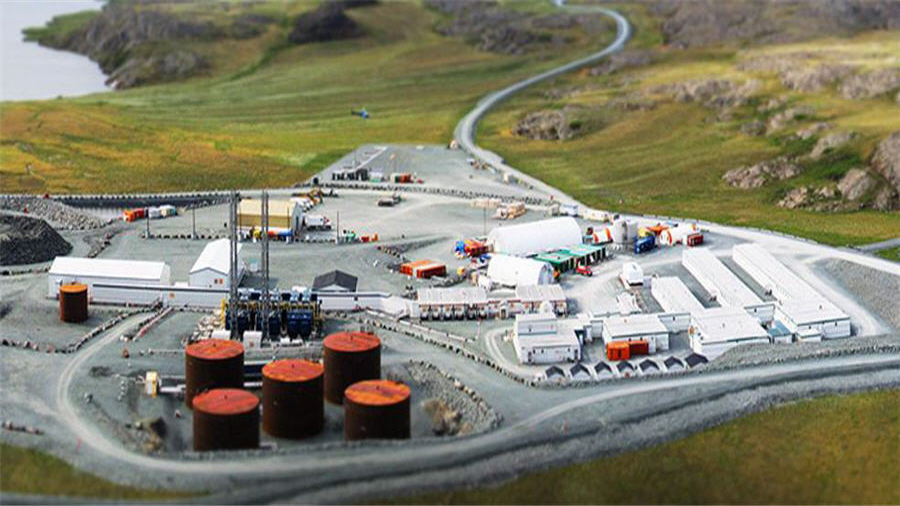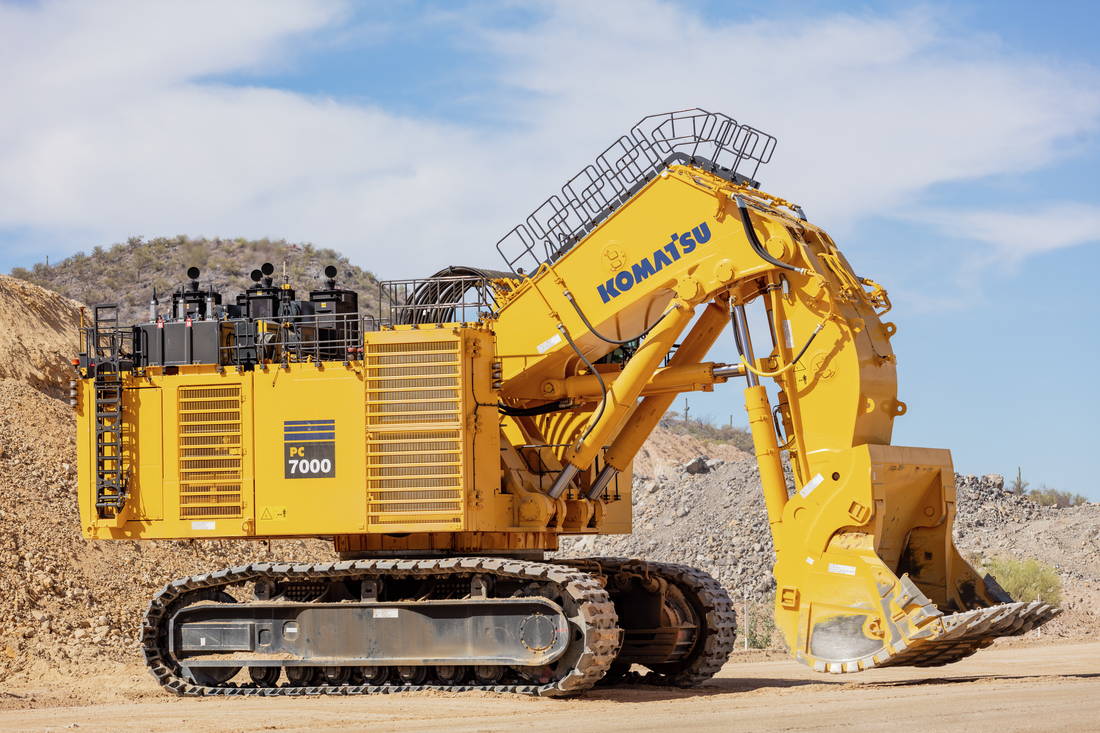TMAC releases Hope Bay PFS with new 4,000 t/d plant scenario

TMAC Resources has released key results from a prefeasibility study completed for its wholly owned Hope Bay property in Nunavut, which includes an operating mine.
Last year, Hope Bay produced 139,510 oz. of gold; with release of its fourth quarter operating results in January, the company announced that it initiated a strategic review process to explore alternatives to maximize shareholder value.
This latest study envisions a new, 4,000 t/d plant, to replace the current 2,000 t/d facility by 2024. With total capital costs for the expansion estimated at C$683 million, including C$184 million for a new conventional processing plant, the net present value (NPV) estimate for the project, at a 5% discount rate, comes in at $486 million.
“The PFS we have announced today is an important milestone in defining the future of the Hope Bay belt. This scenario, which includes a new 4,000 t/d plant at Madrid and developing the mining assets aggressively to be able to feed at this rate, demonstrates a more robust approach to operating at Hope Bay,” Jason Neal, the company’s president and CEO, said in a release.
The latest PFS includes a 15-year mine life and total recovered gold of 3.1 million oz. for a production rate of just over 200,000 oz. per year with all-in sustaining costs estimated at $986 per oz
Neal added that the NPV from the current study has substantial leverage to exploration upside from the 1,101-sq.-km Hope Bay property. He also highlighted that TMAC is evaluating the alternate concept of building an expanded plant but on the footprint of the existing processing facility.
While this would entail shutting down processing operations for several quarters, it would most likely also accelerate the throughput expansion. As the company analyzes these two options, it is holding off on starting feasibility-level work.
“Ultimately, it is more likely that the feasibility study and eventual expansion at Hope Bay will be pursued either with a new partner or a new owner of Hope Bay than by TMAC as a standalone single-asset company,” Neal added.
The latest PFS includes a 15-year mine life and total recovered gold of 3.1 million oz. for a production rate of just over 200,000 oz. per year with all-in sustaining costs estimated at $986 per oz.
Total reserves are now at 16.9 million tonnes at 6.5 g/t gold for a total of 3.5 million oz., largely unchanged from the previous year’s estimate and contained within measured and indicated resources of 5.2 million oz.
The reserve statement is based on four underground mines at Hope Bay, the Doris, Madrid North, Madrid South and Boston sites, with decline access from surface; the Doris deposit is currently in production.
The latest study outlined additional optimization opportunities related to mine sequencing, cut-off grades, mining rates as well as ventilation design and equipment selection, among others.
Existing deposits are open on strike and at depth with additional exploration targets within the 80 km by 20 km Hope Bay greenstone belt.
TMAC also announced that due to the health risks associated with covid-19, it has scaled down underground operations and reduced its workforce.
Underground development and exploration work has been suspended and it expects to be able to run the processing plant for eight to ten weeks using stockpiles and mine production feed. Should the pandemic persist, it plans to then transition the mine into a temporary care and maintenance phase.
While the latest study does not incorporate the coronavirus effects, TMAC estimates that the impact on the project NPV from a one-year delay due to rescheduled sealift deliveries would be equivalent to a 10% escalation in project capital costs, at a maximum.
(This article first appeared in the Canadian Mining Journal)
{{ commodity.name }}
{{ post.title }}
{{ post.date }}

Comments